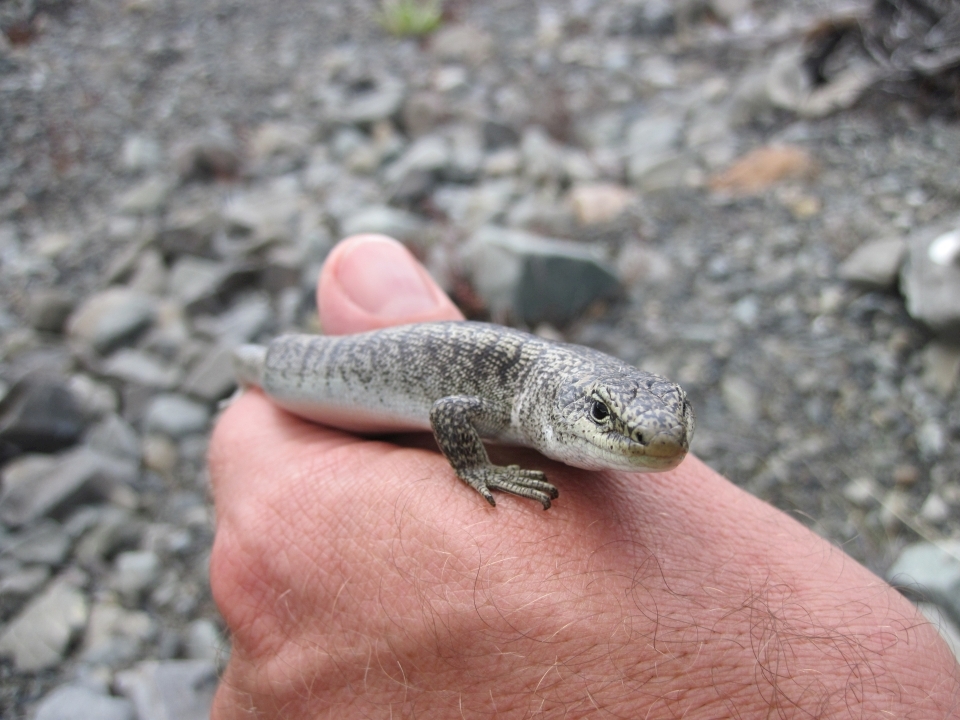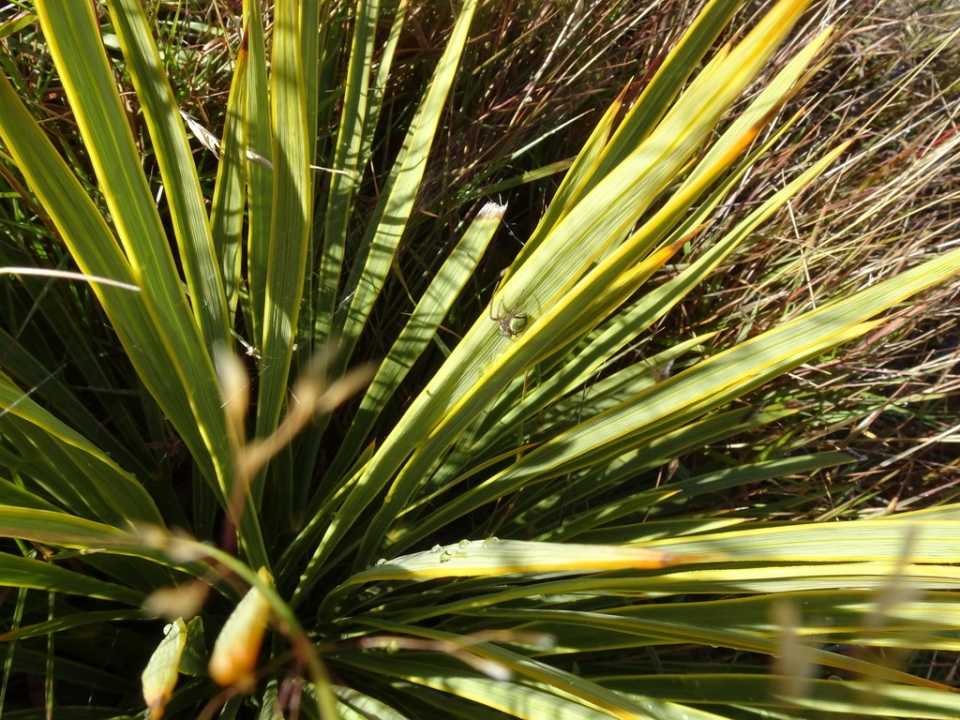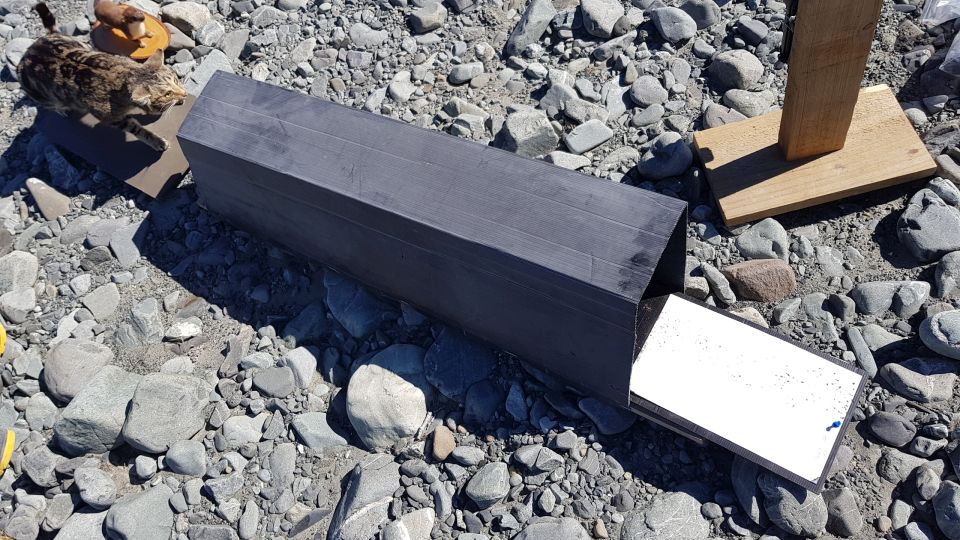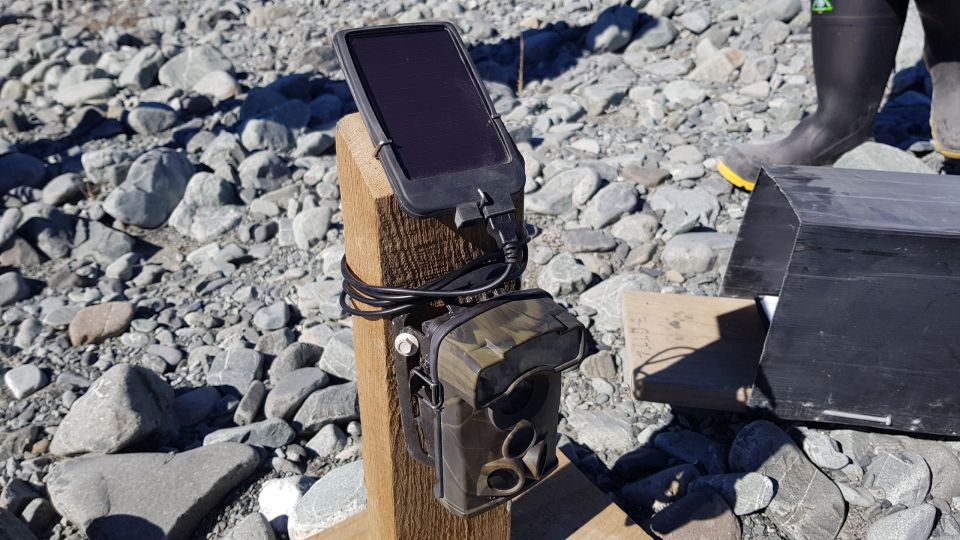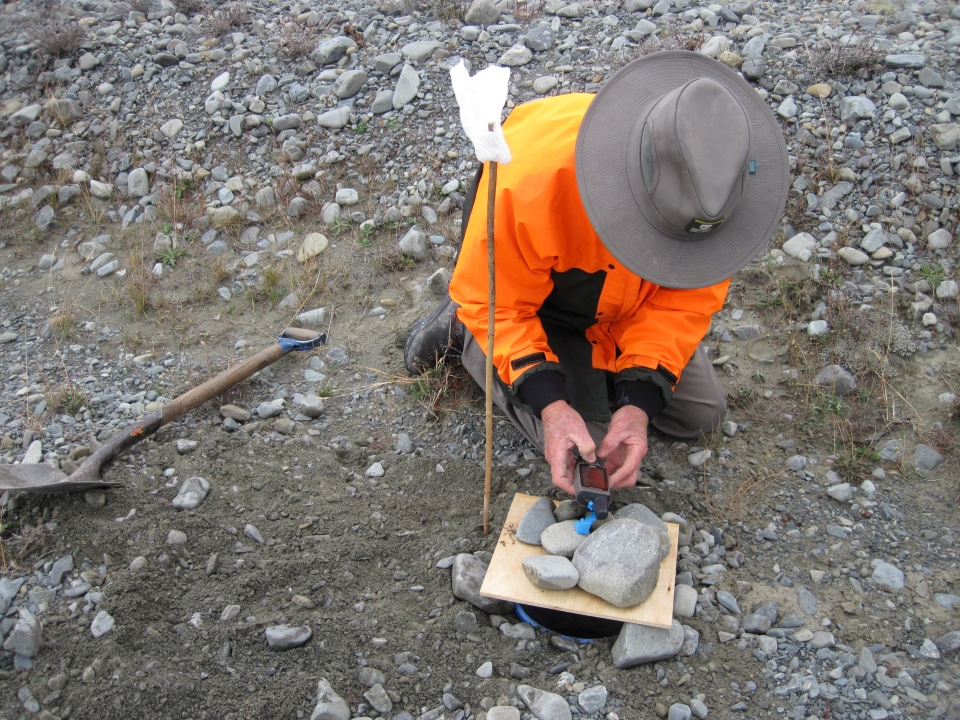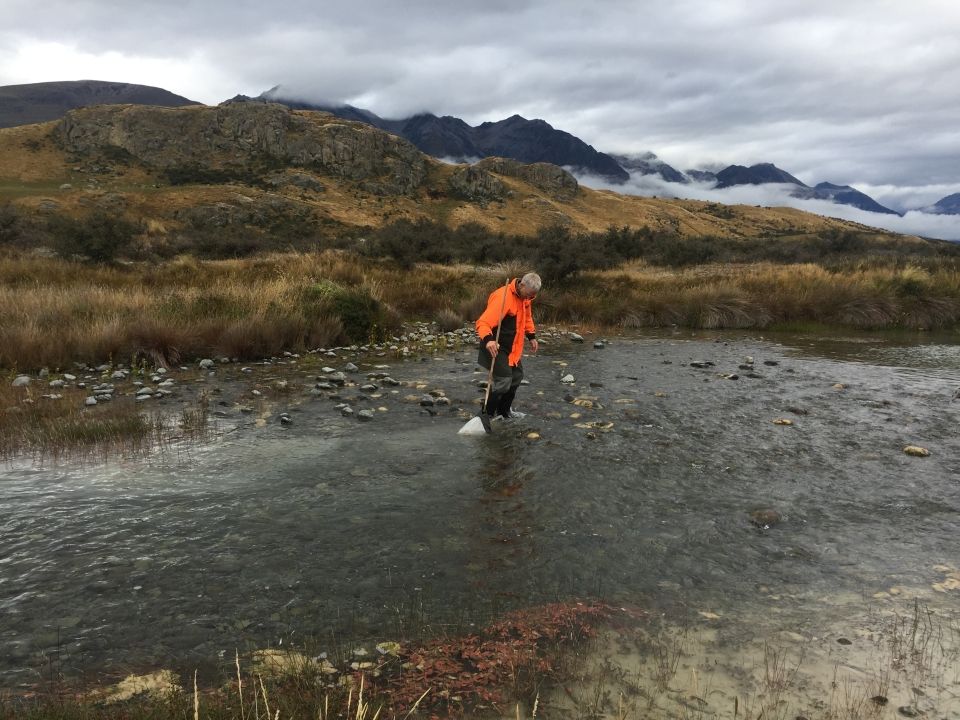A BioBlitz identifies a certain environment and what lives within that environment.
People taking part in a BioBlitz need to be good observers. Animals, plants and fungi can be hard to see. They may be:
- tiny
- blend into their environment
- shy
- nocturnal.
This is why scientists use special tools to find and name living things.
Plants
To identify a plant, you need to look at how it grows and at the shape of leaves. You may also need to look at flowers, seeds or the roots. To identify different types of ferns you may need to collect spores and look at them under a microscope. Don’t forget to look closely at the ground because some plants are tiny and can go unnoticed.
Invertebrates
Animals like spiders, centipedes, mites and snails live under rocks, in the soil and under plants. You will need to look during the day and at night. You may need to use:
- sweep nets
- torches
- pit traps
- malaise traps
- berlese funnels.
Fungi
Mushrooms, brackets and puff-balls can be found on trees, logs, litter and soil. Micro-fungi will not be visible, but plants may show signs of infection on leaves. Scientists can also study soil samples.
Bacteria
Scientists can use agar to grow bacteria and then look at what has grown under a microscope.
Bats
Bats are difficult to see and hear. Scientists use ‘bat detectors’ to pick up the sounds that bats make.
Birds
Often it is easiest to find birds during early morning or evening. You will need to stay still and quiet to see birds and binoculars may be useful.
Fish
Scientists use nets and traps for fish. Electric fishing may also be used by experts to stun fish so they can be identified.
Skinks and geckos
Pit traps can be set with food to attract skinks and geckos and left overnight. Like all traps, it is important to make sure these are monitored. Animals must be released as soon as possible.
Tracking tunnels
Tracking tunnels are baited with food such as peanut butter. They use ink so that any animal that walks through the tunnel leaves their footprints behind.
Possums, hedgehogs, rats, stoats and cats
To identify these animals check for:
- scat or poo
- tracks
- signs of feeding on plants.
 You can also use cage traps, motion cameras and large tracking tunnels. You will need to look for these animals at night. You can take photos with iNaturalist to help record and identify species during your BioBlitz.
You can also use cage traps, motion cameras and large tracking tunnels. You will need to look for these animals at night. You can take photos with iNaturalist to help record and identify species during your BioBlitz.
Ready for a quiz? Try the "How to Find Organisms" interactive activity.

